In Season 8, Episode 7 of Penn & Teller’s magic competition show Fool Us, magician Hans Petter Secker appears to predict the outcome of three successive rounds of rock-paper-scissors, though Secker oversees the game remotely from Norway and the players are invited to exchange items before each round. How is this accomplished?
Science & Math
A Welcome Outcome
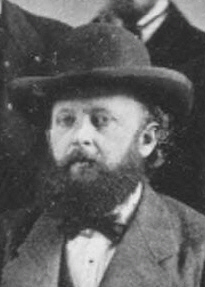
Just a charming little anecdote: When German chemist Adolf von Baeyer achieved a long-sought result, he tipped his hat to it:
Eventually, however, even Baeyer was supersaturated with these hydrogenations, and the sorely tried assistants hailed with deep relief the transference of his interest to succinylsuccinic ester and diketocyclohexane. By means of a dodge (‘Kunstgriff’) of which Baeyer was very proud (treatment with sodium amalgam in presence of sodium bicarbonate), the diketone was reduced to quinitol. At the first glimpse of the crystals of the new substance Baeyer ceremoniously raised his hat!
It must be explained here that the Master’s famous greenish-black hat plays the part of a perpetual epithet in Prof. Rupe’s narrative. As the celebrated sword-pommel to Paracelsus, so this romantic hard-hitter or ‘alte Melone’ to Baeyer: the former was said to contain the vital mercury of the mediaeval philosophers; the latter certainly enshrined one of the keenest chemical intellects of the modern world. … Baeyer’s head was normally covered. Only in moments of unusual excitement or elation did the Chef remove his hat: apart from such occasions his shiny pate remained in permanent eclipse.
(From his colleague John Read’s 1947 book Humour and Humanism in Chemistry.)
Second Strike
The Paradox of the Court is a logic problem from ancient Greece. Protogoras took on a pupil, Euathlus, on the understanding that Euathlus would pay him after he won his first court case. After Protogoras taught him the law, Euathlus decided not to practice, and Protogoras sued him for the amount owed.
Protagoras argued that if he won this lawsuit, he’d be paid the money he was owed, and if Euathlus won the suit, then he’d have won his first case and would owe Protagoras the money anyway under the terms of their contract. So he ought to be paid either way.
Euathlus argued that if he won the suit then by the court’s decision he owed nothing, and if he lost the suit then he still would not have won his first case, and thus owed Protagoras nothing under the contract.
One lawyer suggested that the court should decide in favor of the student and declare that he doesn’t have to pay for his education. Then Protagoras should sue him a second time — since then, incontrovertibly, the student will have won his first case!
Lodging a Complaint

Among the most compelling anecdotes suggesting that dolphins have concepts of ‘wrong’ behavior is Thomas White’s description of how a human snorkeler observing Atlantic spotted dolphins off the Bahamas went outside the bounds of the norms of behavior expected by the dolphins of human observers at that site. The swimmer approached a calf engaged in learning to fish with its mother, a no-no in the rules of engagement between swimmers and these dolphins built up over years. When this happened, the mother then swam not to the hapless trespasser but to the leader of the group of swimmers, whom she could identify, and tail-slapped, her displeasure apparently directed at the leader who had not controlled the behavior of those being led.
— Hal Whitehead and Luke Rendell, The Cultural Lives of Whales and Dolphins, 2015
Full Circle

The Rakotzbrücke, in Germany’s Kromlauer Park, is designed to describe a perfect circle when it’s married with its reflection in the Rakotzsee.
This is more aesthetic than practical — the bridge has been standing since 1860, and crossing it is now prohibited.
A One-Sided Score
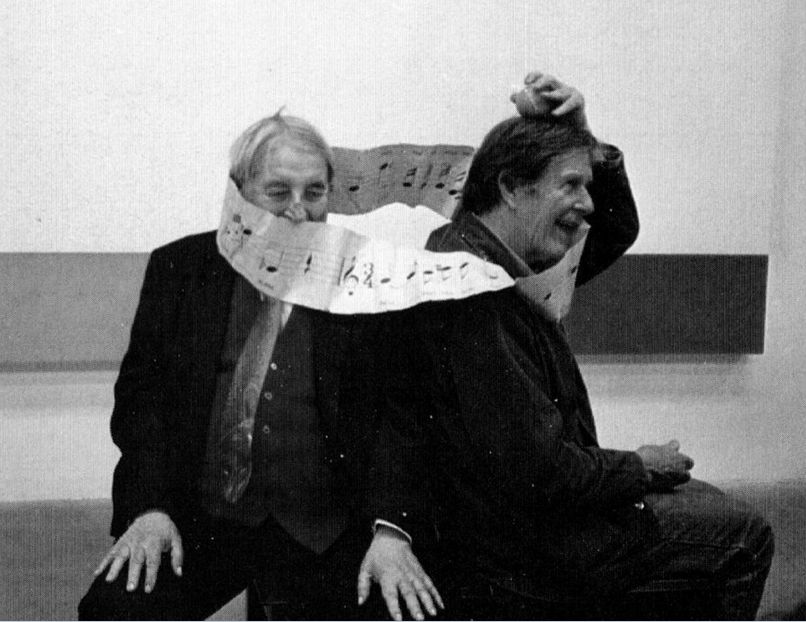
Conductor and musical lexicographer Nicolas Slonimsky composed a “Möbius Strip Tease” in 1965, while he was teaching at UCLA. The text reads:
Ach! Professor Möbius, glörious Möbius
Ach, we love your topological,
And, ach, so logical strip!
One-sided inside and two-sided outside!
Ach! euphörius, glörius Möbius Strip-Tease!
Slonimsky described the piece as “a unilateral perpetual rondo in a linearly dodecaphonic vertically consonant counterpoint.” The instructions on the score read: “Copy the music for each performer on a strip of 110-b card stock, 68″ by 6″. Give the strip a half twist to turn it into a Möbius strip.” In performance the endless score rotates perpetually around each musician’s head. (That’s Slonimsky above, trying it out with John Cage.)
The score is here if you’d like to try it yourself. Be careful.
Just Checking

South African statistician J.E. Kerrich’s 1946 textbook An Experimental Introduction to the Theory of Probability has an odd origin: Kerrich happened to be visiting Denmark during the Nazi invasion of 1940, and the Danes agreed to intern him, along with other British citizens, to prevent their being taken to Germany. While in confinement he tossed a coin 10,000 times and recorded the results, and he wrote up his analysis afterward in the book.
For the record, it landed heads 5,067 times.
The Blythe Intaglios
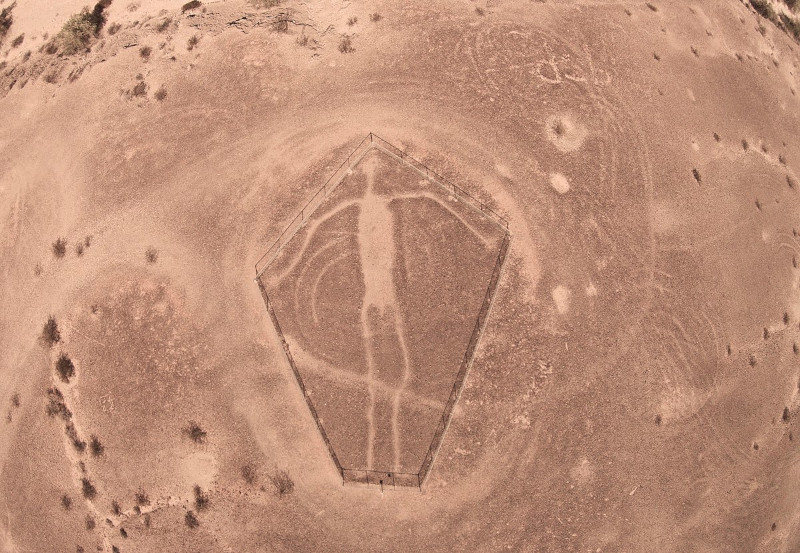
Flying between Las Vegas and Blythe, Calif., in 1932, pilot George Palmer looked down and got a surprise — a group of enormous figures had been carved into the surface of the Colorado Desert. They had lain there for a thousand years, but they’re so large that no one had noticed them before. (The largest human figure is more than 50 meters long.)
No one knows for certain who created them; altogether there are several dozen figures, most probably representing mythic characters from Yuman cosmology. What else have we been overlooking?
The Trust Game
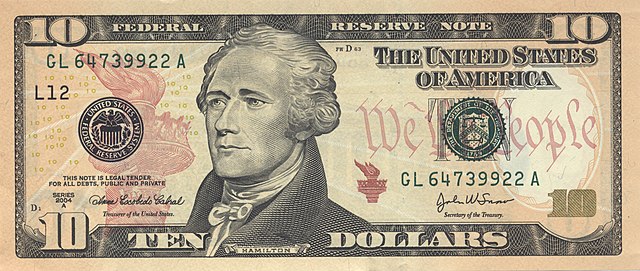
University of Iowa economist Joyce Berg devised this test of social expectation. Two players are each given $10. The two are anonymous to one another and may not communicate. The first player, known as the trustor, is given the option to transfer any part of her $10 to the second player, who is known as the trustee. Whatever she sends will be tripled; if she sends $5 the trustee will receive $15. The trustee then has the option to return any portion of what she’s received. The game is played only once, so the two players have no opportunity to communicate through repeated play.
What should they do? If the two trust one another perfectly, then both stand to double their money — the trustor will give all $10 to the trustee, who now has $40. If she returns half of that, then each player has $20.
The trouble is that rational players, who seek to maximize their personal gains, won’t behave this way. If the trustor gives the trustee $10, she can just keep all of it, walking away with $40 and leaving the trustor with nothing. Realizing this, the trustor should send nothing at all, keeping at least the $10 she was given. This is the rational expectation.
But in actual experiment, Berg found that fully 30 of 32 trustors sent money, and they sent an average of $5.16. This is surprising. “From a rational choice perspective,” she wrote, “subjects who sent money must have believed their expected return would be positive; but given the noncooperative prediction, why would they believe this?”
(Joyce Berg, John Dickhaut, and Kevin McCabe, “Trust, Reciprocity, and Social History,” Games and Economic Behavior 10 [1995], 122-142.)
Extra Credit
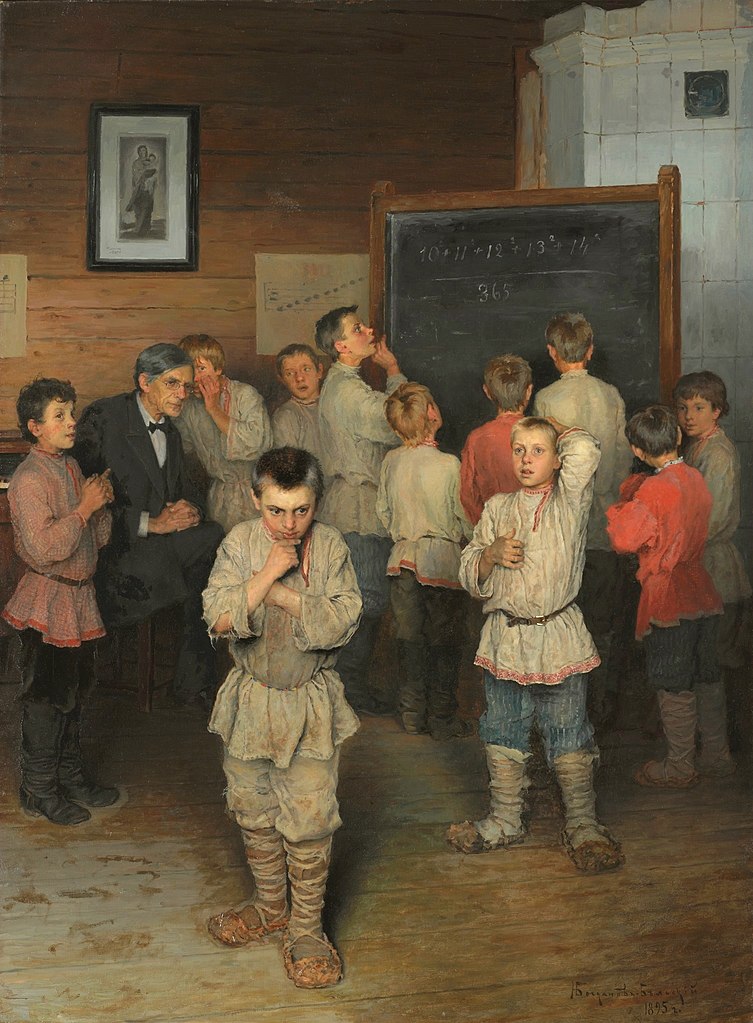
The boys in Nikolay Bogdanov-Belsky’s 1895 painting Mental Arithmetic are having a difficult time solving the problem on the board:
As it happens, there’s a simple solution: Both (102 + 112 + 122) and (132 + 142) are equal to 365, so the answer is simply (365 + 365) / 365, or 2. They’ll figure it out.
